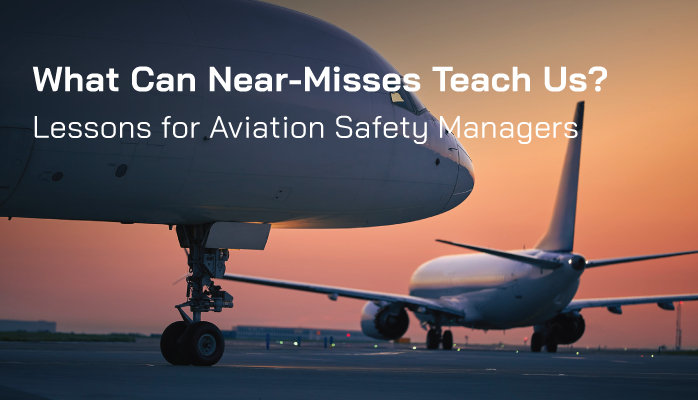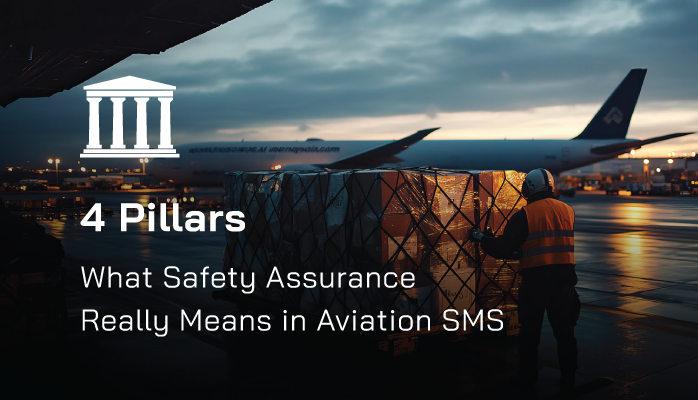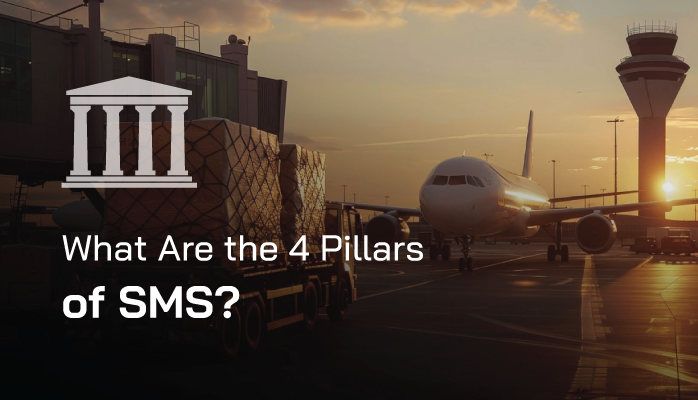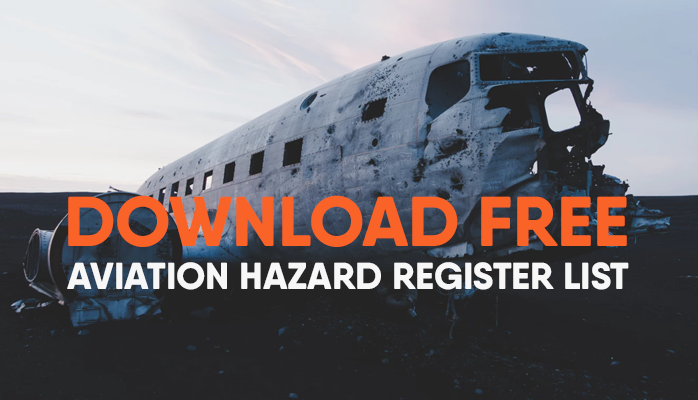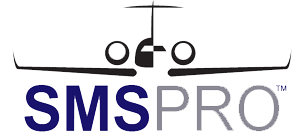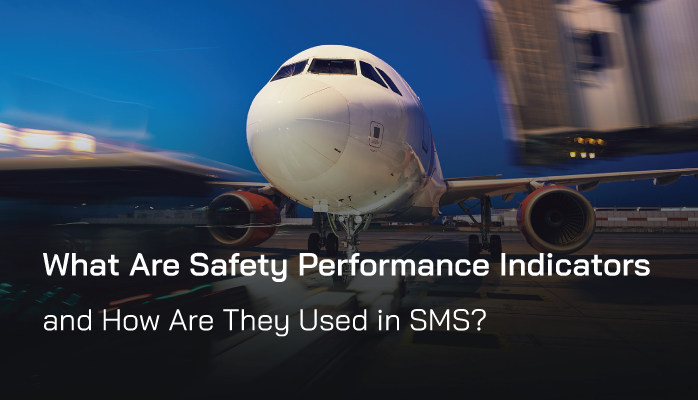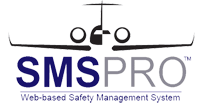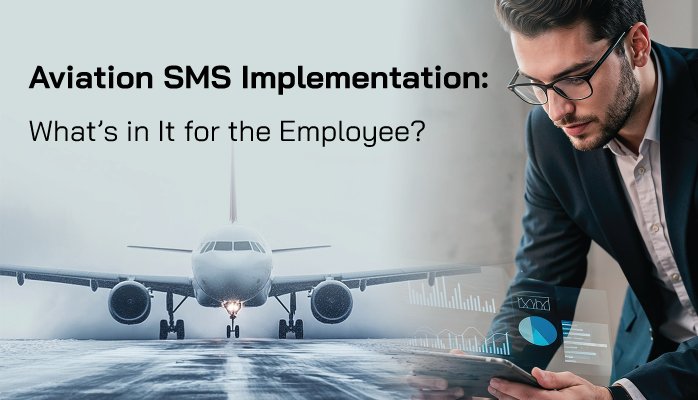Near-Misses Lessons for Aviation Safety Managers
Aviation is one of the safest modes of transportation, yet the margin for error remains razor-thin. In 2023, the Federal Aviation Administration (FAA) recorded 503 significant air traffic control lapses, a 65% increase from the previous year, despite only a 4% rise in air traffic (New York Times).
These incidents, known as near-misses, are events where an accident was narrowly avoided—perhaps by
- a pilot’s quick decision,
- an air traffic controller’s alertness, or
- sheer luck.
